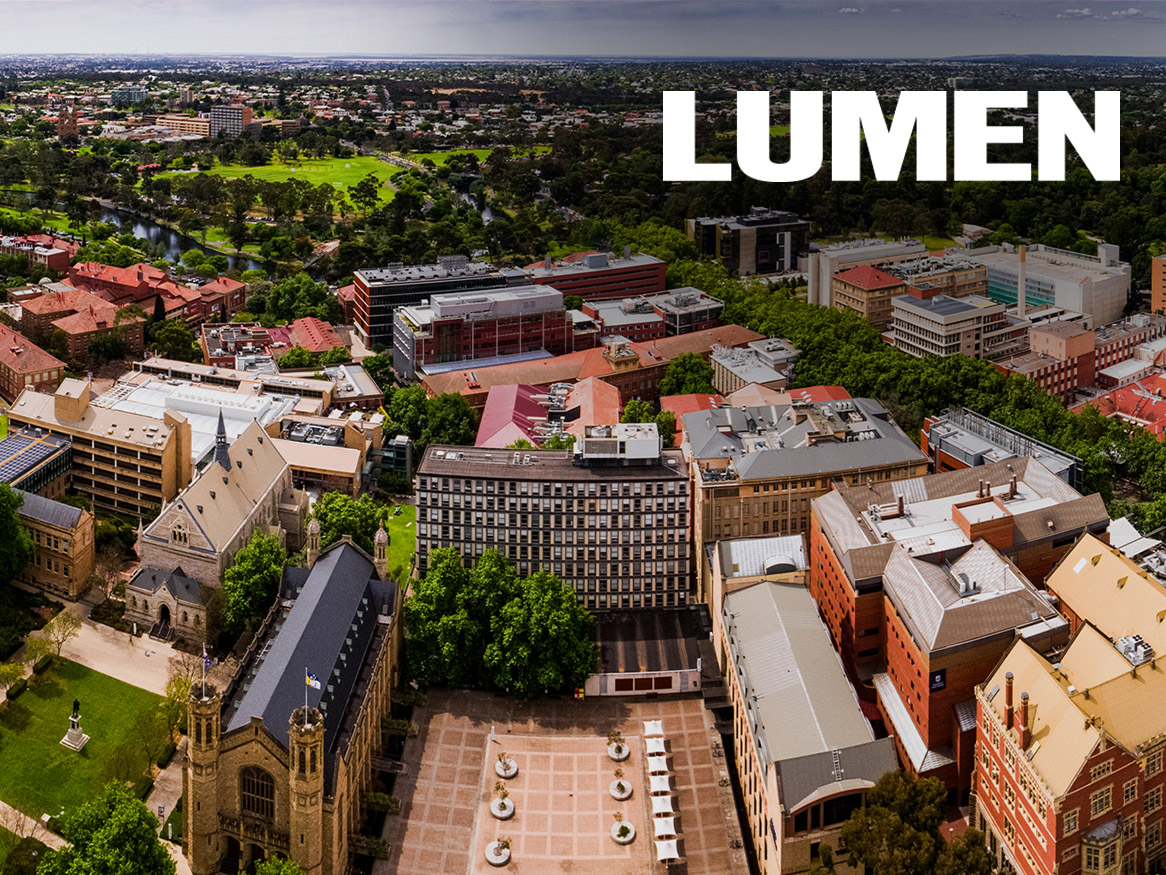Australia facing increased intense rain storms
Tuesday, 31 July 2018

A landmark study shows how heavy, short rain storms are intensifying more rapidly than would be expected with global warming. Researchers say this is likely to lead to increasing flash floods and urban flooding.
The team of international scientists, led by Newcastle University, UK, and involving the University of Adelaide, has found increases in short, intense rain storms over Australia over the past 50 years. The storms are substantially larger than anticipated under climate change.
Published today in Nature Climate Change, the study shows that in Australia the amount of water falling in short intense storms, such as thunderstorms, is increasing at a rate two to three times higher than expected, with the most extreme events showing the largest increases.
“This large increase has implications for the frequency and severity of flash floods, particularly if the rate stays the same into the future,” says co-author Associate Professor Seth Westra, from the University of Adelaide’s School of Civil, Environmental and Mining Engineering.
“It seems counter intuitive when large parts of Australia are now in drought, but we need to remember Australian droughts are often broken by severe floods. We have always been a country of weather extremes, and it seems that climate change is causing both the dry and wet extremes to intensify.”
While daily extremes can cause river flooding, hourly (and multi-hourly) extremes often cause urban flooding, flooding in small, steep rivers, and landslides.
Lead author Dr Selma Guerreiro from Newcastle University, UK, says: “It was thought there was a limit on how much more rain could fall during these extreme events as a result of rising temperatures. Now that upper limit has been broken.
“The important thing now is to understand why rainfall is becoming so much more intense in Australia and to look at changes in other places around the world. How these rainfall events will change in the future will vary from place to place and depend on local conditions besides temperature increases.”
Associate Professor Westra says: “These changes are well above what engineers currently take into account when determining Australia’s flood planning levels or designing stormwater management and flood defence infrastructure. If we keep seeing this rate of change, we risk committing future generations to levels of flood risk that are unacceptable by today’s standards.”
The analysis was based on looking at rainfall extremes between 1990-2013 and 1966-1989, from 107 weather stations from all over Australia.
The research forms part of the INTENSE project (https://research.ncl.ac.uk/intense/) led by Professor Hayley Fowler at the School of Engineering, Newcastle University, funded by the European Research Council. Associate Professor Westra’s research was funded under an Australian Research Council Discovery Project grant.
Contact details
Email: seth.westra@adelaide.edu.au
Head, Intelligent Water Decisions
School of Civil, Environmental and Mining Engineering
The University of Adelaide
Business: +61 8 8313 1538
Mobile: +61 414 997 406
Media Team
Email: media@adelaide.edu.au
Website: https://www.adelaide.edu.au/newsroom/
The University of Adelaide
Business: +61 8 8313 0814







